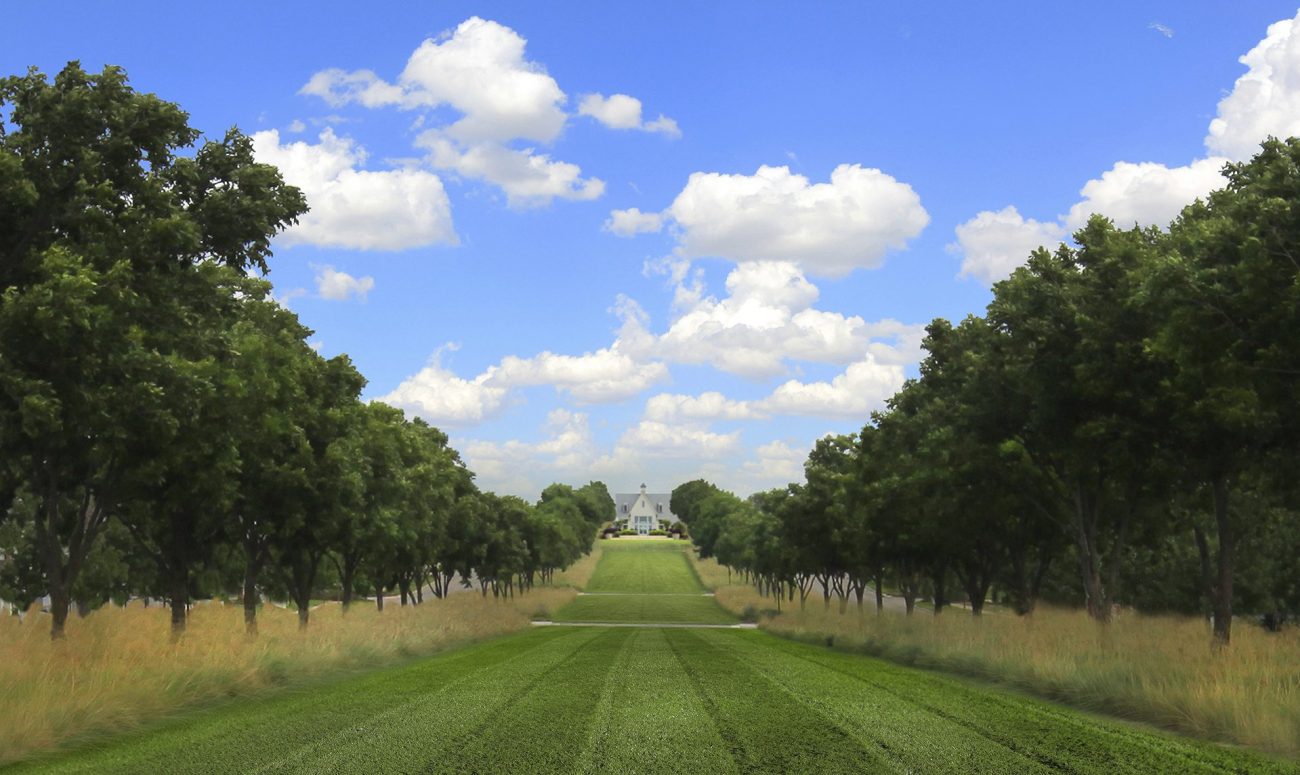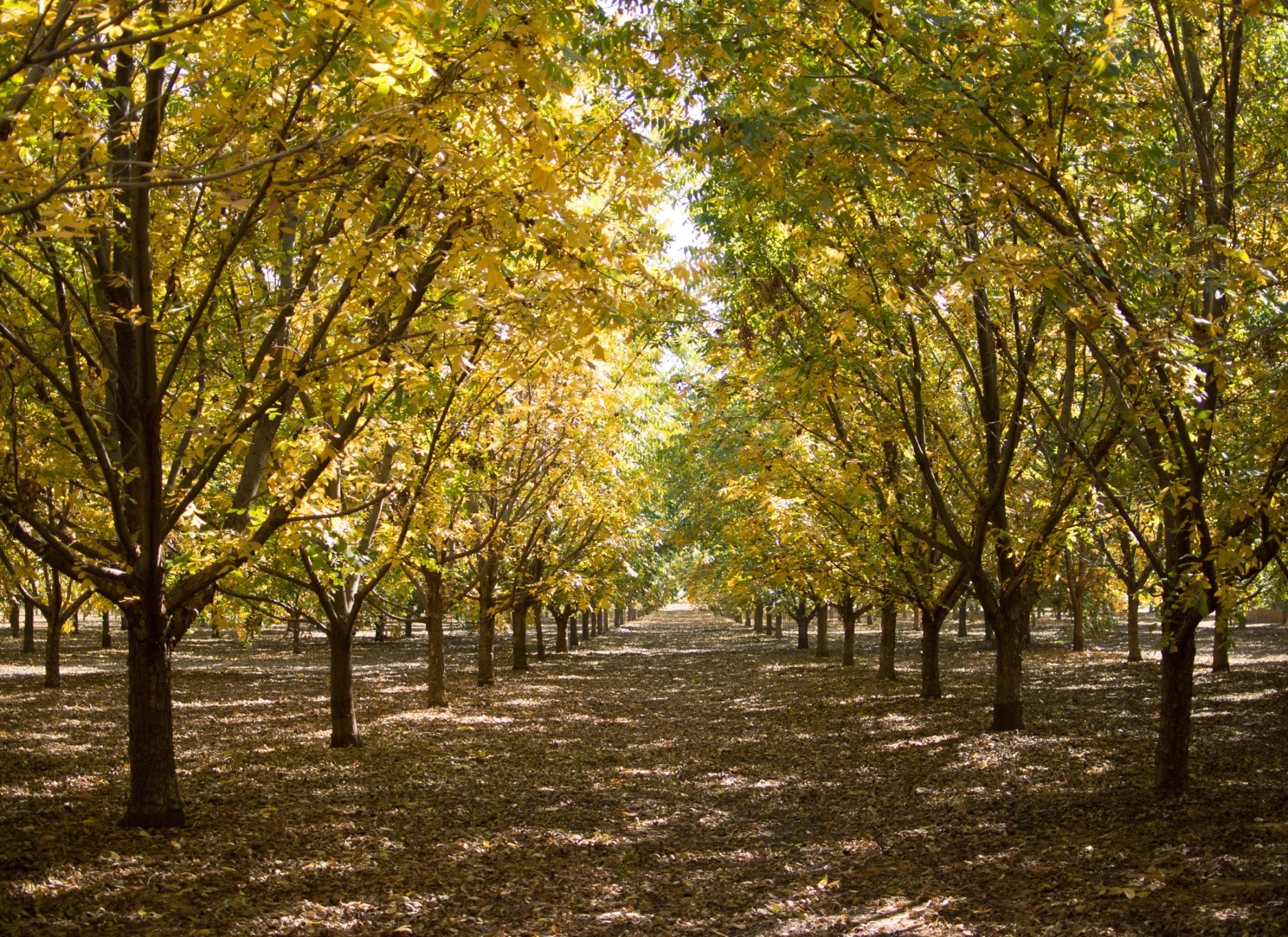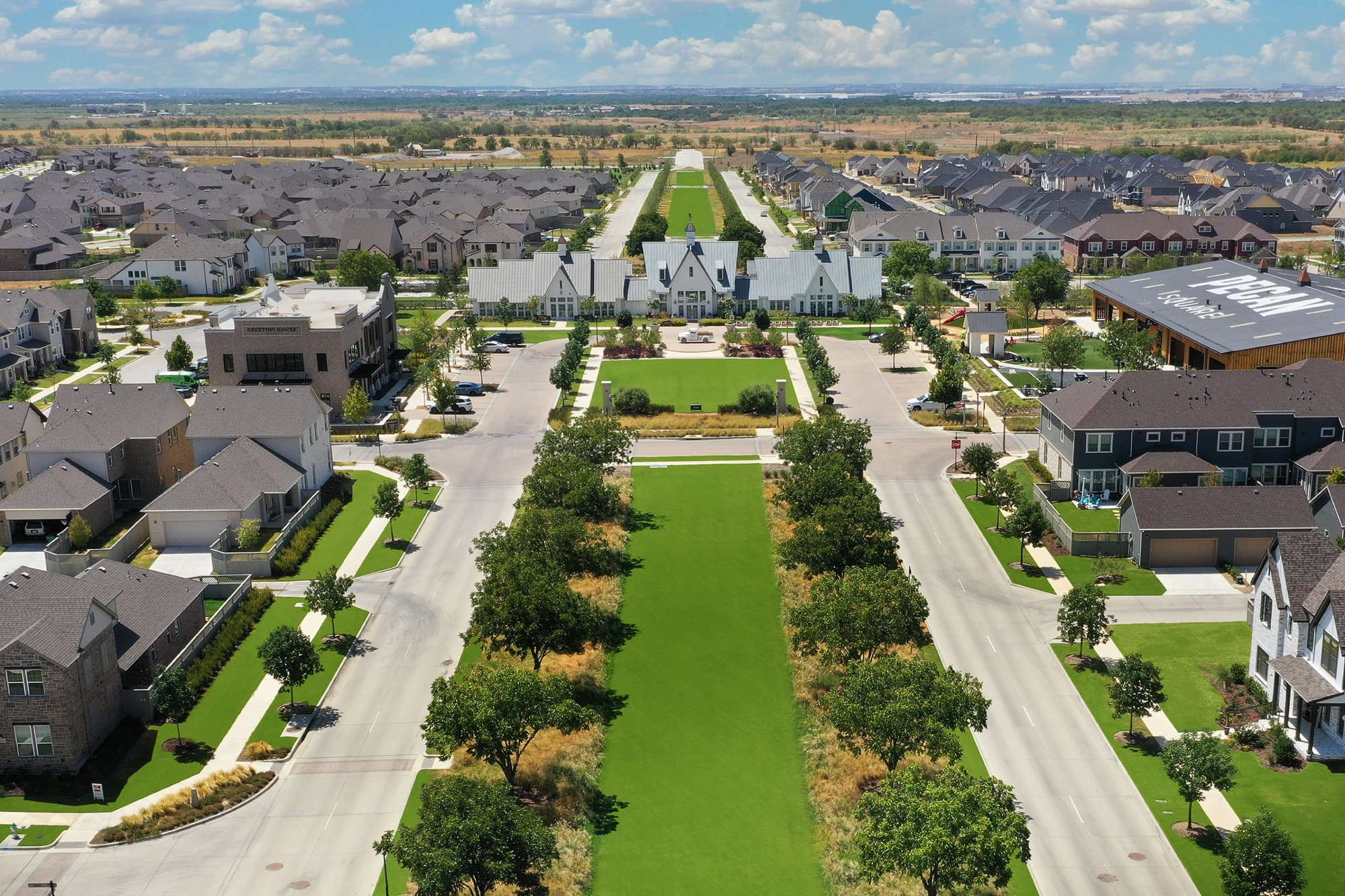
Pecan Trees And Their Proud Texas History
Whether you are a native Texan or are new to the Lone Star State, you probably know how popular pecans are around here. Here at Pecan Square by Hillwood, we are clearly big fans of Texas’s state tree. If you’re unfamiliar with its history, the selection of the pecan tree can seem—as state trees often do—a little bit random. As we enter pecan pie season, lets review the history of pecan trees in Texas.
Pecan Trees in Texas History

Fossilized evidence suggests that Texas had pecan trees as early as prehistoric times. And the word Peccan means “hard-shelled nut” in the Algonquian language. Native Americans ate pecans, ground them into meal, and pressed them to get oil for cooking, among other uses.
Many years later, when the first Texans began exporting pecans around 1850, many still didn’t give the nut its due. By 1904, so many pecan trees in Texas were cut down for lumber and to clear fields for farming that some feared they would become extinct.
Fortunately, just a few years later the real value of the pecan to the local economy was fully recognized. In 1910, Texas produced nearly six million pounds of pecans. A few years later, all but eight counties in the state were growing pecan trees. By 1932, nearly 20 million pounds of pecans were produced, and harvests continued to grow each year thereafter.
Native Pecan Trees vs. Improved Varieties
Shelled first by hand and then by machine, as technology caught up to the growing demand, native pecan trees in Texas were the main source of the tasty nut by the 1950s. At the same time, however, agriculturists developed a new crop of pecan trees. This variety of trees were termed “improved” and their pecans were often sold unshelled because their shells were much thinner and easier to crack.
By the 1960s, the improved varieties had become immensely popular. Rather than selling solely Texas native pecans, the state began exporting improved varieties, as well. Coupled with improved irrigation technology and mechanical harvesters, larger improved exports catapulted the pecan industry to new heights.
Modern Day Pecans
As technology has advanced, the pecan industry has continued to grow well into the 21st century. Irrigation has continued to improve, ensuring bountiful pecan harvests despite dry conditions. Today’s mechanical shakers gather and shell the pecans at a faster clip than ever before.
Pecans continue to be a major Texas export, and the tree is recognized throughout the state for its beauty and abundant production. We can thank Texas’s rich pecan history for the delicious pies, pastries, and other pecan delicacies we enjoy every year.
Pecan Tree FAQs
When Did the Pecan Tree Become the Texas State Tree?
The pecan tree was named the state tree of Texas in 1919 by the state legislature. Since then, Texans have revered and appreciated the beautiful tree that can grow up to 150 feet tall and can live 150 years or more.
Why Is the Pecan Tree the State Tree of Texas?
The previous Texas Governor, James Hogg, was particularly fond of the pecan tree. Because of this, he requested a pecan tree to be planted at his gravesite. In 1919, his love of pecan trees is said to have inspired the state legislature to adopt it as the official Texas state tree.
Are Pecan Trees Native to the State of Texas?
Yes, pecan trees naturally grow in Texas and are perfectly suited for the Texas climate. Pecans are also grown in many other areas of south-central North America. Texas is the top exporter of native pecans which are the only commercially grown nut in Texas.
When Is Pecan Season in Texas?

Pecan season is late in the year, with harvest occurring between October and December. Though late November and December is not a typical harvest season for most other fruiting plants, the Texas climate enables pecans to mature perfectly during this time. Fortunately, pecan season is right in time for holiday treats and pies.
Pecan Square by Hillwood

At Pecan Square by Hillwood, a new home community in Northlake, TX, we are proud to celebrate the history of pecan trees in Texas every day of the year. We plant the native Sioux and Desirable varieties throughout our neighborhood and encourage residents to plant these beautiful shade trees on their properties. Perhaps most significantly, we have 200 mature pecan trees lining our main drive into “The Square,” giving residents and visitors alike a scenic, pecan tree-framed view when they enter our community.
At Pecan Square, our foundation is as strong as the mighty pecans in Texas. We’ve created a community with a small-town feel where it is easy to build neighborly connections. With Pecan Square’s fantastic amenities and award-winning lifestyle program, it’s almost effortless for residents to enjoy a full life within our community. It’s no wonder Pecan Square was named 2021 Master-Planned Community of the Year and People’s Choice Community of the Year by the Dallas Builder’s Association!
If you believe our community could be right for you, take a virtual tour, drop by the Greeting House for a visit, or contact us for more information!